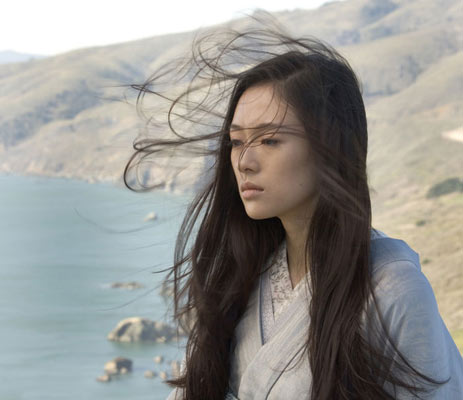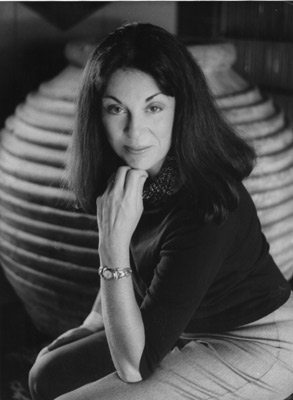Liza Dalby to Speak at UCSB
Novelist's Lecture to Touch on Geisha, Genre Writing, and Traditional Japan

Starting on Tuesday, January 20, the UCSB Interdisciplinary Humanities Center presents a series of events featuring anthropologist and novelist Liza Dalby, a longtime observer of traditional Japanese culture in both its historical and modern manifestations. Well known as the only non-Japanese woman ever to become a geisha – or at least as much of a geisha as the profession allows non-Japanese women to become – Dalby will speak about her study of the evolution of the kimono on Tuesday, January 20; her role as a consultant on the film adaptation of Arthur Golden’s Memoirs of a Geisha on Wednesday, January 21; and, as part of a roundtable discussion on the art of writing genre fiction on Thursday, January 22. In an email exchange, Dalby gave me a little background on her work in geisha culture, the insights to be found in kimono research, and her unusually deep immersion in her culture of study.

Since she first entered the realm of the geisha in the mid-1970s, Dalby has observed a sizable gap between the Western perception of geisha and what geisha really are. Much confusion clouds the issue of what separates a geisha from a prostitute. “The question always comes up,” wrote Dalby. “Just how ‘available’ is a geisha? Westerners want to know if sexual favors are part of the job of being a geisha. The best answer is they are and they aren’t. Geisha regularly have affairs with married men, and can form other sexual liaisons at their own discretion. They do not marry, but they often have children by a patron, or a lover. That said, geisha are paid for their company, not for sex. They derive their actual livelihood from singing, dancing, and chatting with men at banquets. There is no doubt that coerced sex and bidding on a new geisha’s virginity occurred in the period before World War II. But in modern Japan, girls are not sold into indentured service, nor are they coerced into sexual relations. Nowadays, a geisha’s sex life is her private affair. Nevertheless, the question of sexual availability still hovers over the profession, and I think it always will.”
The impossibility of truly grasping the specifics of geisha culture – much less actually participating in its rituals – without understanding the kimono meant that Dalby had to look closely into the evolution, purpose, and social context of the garment. “I discovered that kimono contained an entire language for expressing social facts about people,” wrote Dalby. “Because geisha are a distinct minority of people who wear kimono every day, they are experts in its nuances. Since clothing is one of the main ways people present themselves to the world, I find it is a great lens to focus on what is important in society. In modern Japan, the kimono fights a losing battle with Western clothes, but it still holds powerful cultural messages.” Elucidating such messages is the main thrust of “Kimono and Culture” as well as Dalby’s 1993 book Kimono: Fashioning Culture.
Extensive participation in traditional Japanese culture has characterized Dalby’s anthropological career – she’s performed in the ceremonies, she’s worn the kimono, she’s played the shamisen – which contrasts sharply with the more “arm’s length” position taken by the anthropologist as portrayed in popular culture. But Dalby reckons that she’s not so much an anthropological iconoclast as she is at one end of a disciplinary continuum. “Anthropology as a method of collecting information has embodied the notion of ‘participant observation’ field work since its beginnings as an intellectual discipline,” wrote Dalby. “The question of remaining at arm’s length is extremely flexible. Some researchers have very short arms. Personally, I think that there is knowledge that an outsider will be more able to gather, and other knowledge that only an insider can have. In my geisha study, I tried to combine both viewpoints.”
4•1•1
Liza Dalby will deliver her lecture “Kimono and Culture” tonight, Tuesday, January 20, at 7:30 p.m. at UCSB’s Campbell Hall. After a screening of Memoirs of a Geisha on Wednesday, January 21 at 4 p.m. in UCSB’s McCune Conference Room, Humanities and Social Sciences Building 6020, Dalby will discuss her experience working on the film in conversation with John Nathan, UCSB’s Takashima Professor of Japanese Cultural Studies. She will also appear in the “Writing Genre” roundtable on Thursday, January 22 at 4 p.m., also in UCSB’s McCune Conference Room.



